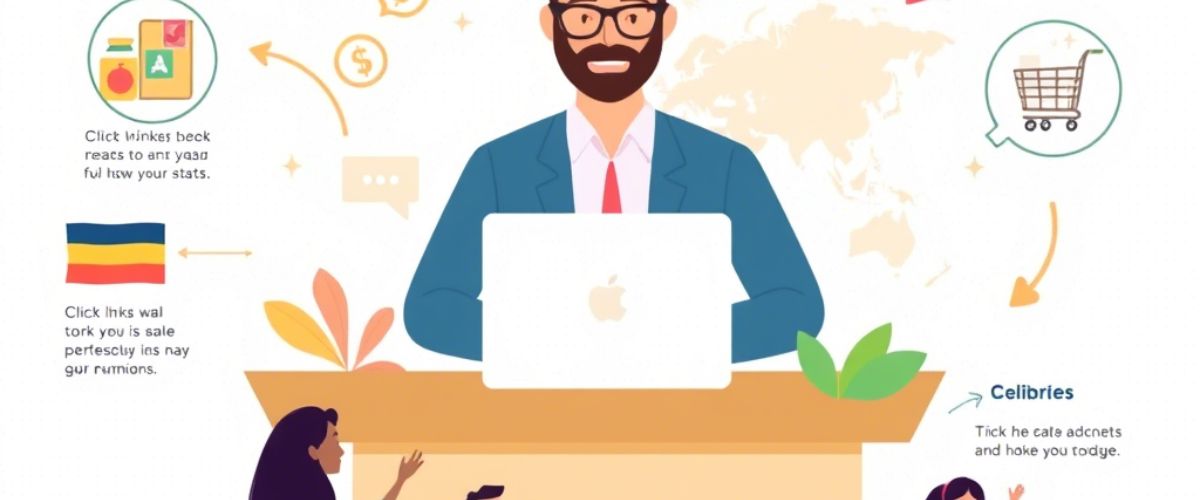Is Your Website Driving Customers Away Without You Realizing It?
Your website is often the first handshake your company offers a prospect—but that handshake can feel limp if your pages shuffle, stutter, or look five years out-of-date. A local web designer understands the regional marketplace and the buying habits of neighbors who will judge your credibility in the blink of an eye. If your digital welcome mat is frayed, visitors bounce, search engines take note, and competitors scoop up the clicks that should have been yours.
Picture Your Perfect Website—Here’s How a Local Web Designer Can Build It
Imagine opening your homepage and seeing exactly what you hoped for: colors that mirror your storefront, a menu that glides under a fingertip, and a checkout that finishes before a customer’s coffee cools. That feeling of “Yes—this is the brand I’ve been looking for!” is engineered, not accidental, and the architect is a skilled local web designer who speaks both CSS and community slang. By weaving location-specific offers, showcasing real client photos, and coding with speed in mind, that designer transforms browsers into buyers and casual visitors into raving fans.
How to Choose the Right Local Web Designer: A Practical Guide
Below is a practical roadmap—drawn from dozens of successful launches—to help you choose and collaborate with the right professional.
Clarify Your Goals
Write down whether you need a one-page brochure, a full e-commerce engine, or a data-driven web app. List must-have features (online booking, live chat, multilingual support) and nice-to-haves. Clear goals keep projects on budget and on schedule.
Scout the Talent Pool
Check Google Business profiles, LinkedIn, and local directories; attend chamber-of-commerce mixers and tech meetups. A quick coffee chat often reveals more about a candidate than a hundred emails.
Study Portfolios and Case Studies
Look for diversity of style, mobile performance, and measurable results (“bounce rate dropped 38%” is better than “looks cool”). If you sell handcrafted soaps, hunt for past work in lifestyle retail; if you run a law firm, search for crisp, professional layouts in that field.
Verify Technical Chops
The right local web designer stays fluent in HTML5, CSS3, modern JavaScript frameworks, and at least one major CMS. Ask about responsive design, SEO foundations, and accessibility audits; solid answers here protect your investment for years.
Gauge Communication Style
Do they ask clarifying questions? Summarize your requirements back to you? Offer realistic timelines? Good chemistry today prevents painful misunderstandings tomorrow.
Compare Proposals, Not Just Prices
Hourly is fine for small tweaks; fixed-fee makes sense for well-defined builds. Examine what’s included—stock photos, copywriting, training sessions—and look for hidden costs like premium plugin renewals.
Check References
Call two previous clients: Was the project delivered on time? How were unexpected hurdles handled? Did post-launch support meet expectations?
Investing in the right local web designer can feel like hiring a silent partner who guards your brand 24/7, greeting every visitor with speed, clarity, and personality.
Evaluating Proposals and Picking the Perfect Local Web Designer
You’ve shortlisted contenders. Now weigh soft skills against hard data. Which proposal solves real business pain—more leads, higher average order value, fewer abandoned carts? Which timeline matches your product launch or seasonal rush? Choose the local web designer whose process, style, and values resonate most, then lock in scope, milestones, ownership rights, and a testing window inside a clear contract.
Seal the Deal and Set Your Website Up for Lasting Success
Sign the agreement, schedule a kickoff call, share brand assets, and designate one internal point of contact to avoid feedback bottlenecks. Build in post-launch care—security updates, content tweaks, performance monitoring—so your investment keeps compounding. Stay engaged, track KPIs, and celebrate the lift in traffic and sales that a savvy local web designer can deliver.
Frequently Asked Questions
Q1. How long does a typical small-business website take to build?
Most brochure sites launch in 4–6 weeks; e-commerce projects range from 8–12 weeks, depending on product catalog size and payment integrations.
Q2. What files or information should I provide before design starts?
Logo in vector format, brand color codes, high-resolution photos, a site map, and any existing copy or legal disclaimers.
Q3. Will I be able to update the site myself after launch?
Yes—most designers build on user-friendly CMS platforms and offer short training sessions so you can add posts, swap images, or run promotions without extra fees.
Q4. How much should I budget for ongoing maintenance?
Plan for 5–10 % of initial build cost annually to cover hosting, plugin renewals, security patches, and minor design tweaks.
Q5. Do I need a separate SEO specialist?
A quality designer will lay solid SEO foundations (clean code, fast load times, structured data). For aggressive ranking goals, pairing that with a dedicated SEO campaign is wise.




